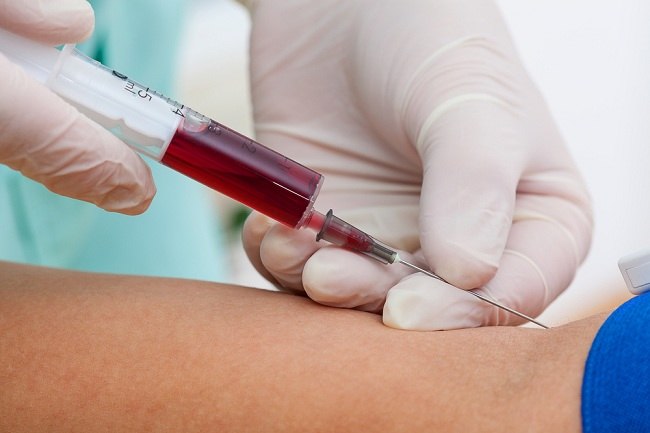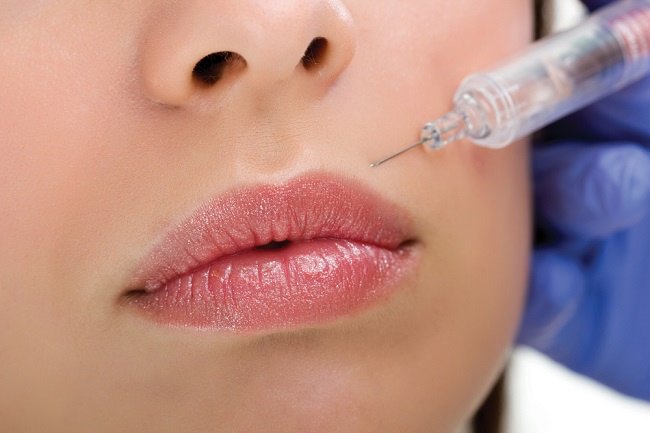Remove hair by shaving, plucking, or waxing often lasts only a moment. Lately,many people start trying laser hair removal procedures, as the results are proven to last longer. However, this procedure also carries some risks, such as skin redness and pain.
Laser hair removal procedures are performed by emitting high-powered light at the roots (follicles) of the hair. The energy from this laser light is absorbed by the dye or melanin in the hair roots, then converted into heat energy which damages the hair roots themselves.

Usually it takes 2-6 laser procedures with a gap of several weeks, to be able to remove hair in the desired area completely.
Lasers do not permanently remove hair. Hair can grow back in a few months or a few years. However, the hair that grows will be less, thinner, and not as dark as before. The laser action can be repeated when the hair grows back.
Risks of Laser Hair Removal
Although relatively safe because it is not an invasive (surgical) procedure, the use of lasers to remove hair is still at risk of side effects, including:
1. Skin irritation
The skin may experience irritation which is characterized by redness in the area that was just lasered, or the appearance of swelling accompanied by pain. Usually these side effects will subside after a few hours.
2. Changes in skin color
Light-skinned people may experience a change in skin color to darker, and vice versa. These side effects are usually temporary, although in rare cases, they can be permanent.
3. Changes in skin texture
Sometimes laser hair removal procedures can also cause blisters on the skin, and may be accompanied by fluid or dry, dead cells (crusts).
Scar tissue may also form after the procedure. In addition, some patients with a history of herpes simplex disease may also experience recurrence.
4. Excessive hair growth
In certain cases, areas of skin that have been lasered have experienced excessive hair growth. This effect is rare and is more common in dark-skinned people.
Preparation Before Laser Hair Removal
To reduce unwanted risks, there are several things you need to prepare before undergoing the laser hair removal procedure, namely:
- Make sure the procedure is carried out by a doctor who is experienced and trained to perform this procedure.
- Inform your doctor clearly about the history of the disease and the drugs you are taking.
- Ask your doctor about the steps for the laser procedure and the preparation and treatment needed, including what medications to avoid before and after the laser.
- Avoid sun exposure since the previous six weeks, and use sunscreen if you want to do outdoor activities during the day.
Sun exposure can increase the risk of skin irritation and discoloration after laser surgery.
- Avoid plucking hair or doing waxing since the previous six weeks. The laser will be directed to the pigment in the hair roots. If the hair roots have been removed by plucking or waxing, then the laser beam will lose its target and become ineffective.
- Shave short the hair the day before the procedure. This can help reduce the risk of skin irritation, because the amount of melanin pigment that is targeted at the skin's surface becomes less.
Shaving the hair is allowed because it still leaves the hair shaft and hair roots under the surface of the skin.
Treatment After Laser Hair Removal
After undergoing laser hair removal, there are several treatments you can do to reduce skin pain and irritation, as well as speed up healing, including:
- Avoid sunlight for at least six weeks after the procedure or as directed by your doctor. Use sunscreen when going outside during the day.
- Avoid exposure to UV rays from certain tools, for example tanning bed.
- Use the medicine given by the doctor according to the dosage and instructions for use. Your doctor may give you a cream or lotion to reduce irritation. Doctors can also give painkillers to relieve pain in the skin.
- Use a cold compress on the skin area that feels sore, red, or swollen
- If blisters or blisters appear on the skin, do not scratch or break the blisters.
The risks of laser hair removal procedures can be minimized with proper preparation, work and care. If after laser skin irritation does not go away, sores appear, or blisters appear, don't hesitate to see a doctor immediately.
Written by:
dr. Irene Cindy Sunur









